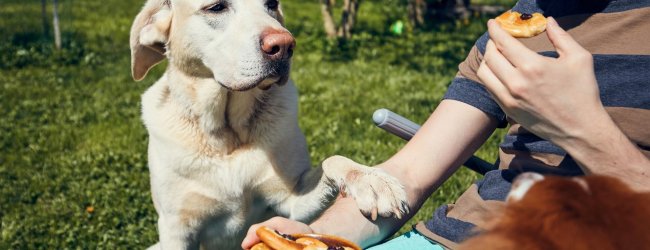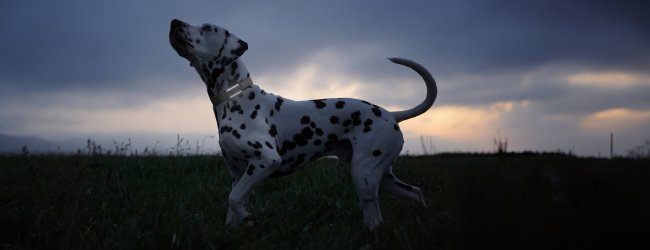How Far Can Dogs Smell? Dog Sniffing Senses Explained
Your dog sniffing around might be able to discover illnesses, sniff out illegal substances, and even find out a mate nearby...but their sense of smell is also a key reason they run away. Here's how.
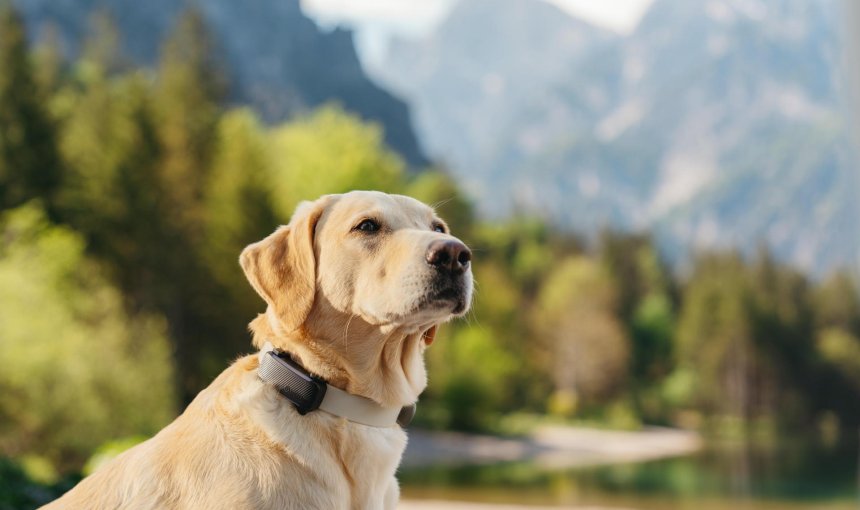
From tracking down bad guys to sniffing out your neighbor’s barbecue – your furry friend’s sense of smell is nothing short of a superpower. But have you ever wondered just how far can dogs smell? Here’s where your dog sniffing senses help – and how you can keep them safe if they wander off.
Key Takeaways
A dog’s sniffing abilities are influenced by factors such as breed, training, terrain, weather conditions, and age.
This sense of smell can also lead your dog to wander off due to distractions. (Like prey, mates, or boredom.)
Make sure to invest in solid recall training, use a leash when out in public, and ensure your dog is always easy to identify.
A smart dog tracker with real-time tracking – like Tractive – can help you locate your missing dog in an emergency with real-time GPS tracking, virtual “safe zones” and even your dog’s Location History.

Always know your buddy is healthy & safe
Read moreSo, how far can a dog smell?
On a good day, dogs can smell up to a distance of 12 miles (or 19 kilometers) around them! The exact range can, however, depend on factors like wind, the type of scent, and their environment. In fact, your dog’s sense of smell might even be their main sense.1 That’s why it’s several times more sensitive than that of humans. For example, your dog has approximately 300 million olfactory receptors – while we have only around 5-6 million.
Dogs also have a sensory organ called the Jacobson’s organ. This allows them to detect pheromones and other chemical cues in scents. This is also how your dog is able to sniff out who in their neighborhood might be in heat – and even our emotions, especially when we’re stressed or afraid. Which is why your dog always seems to know when you need a hug the most. (Or seems more restless and eager when they sense an upcoming “meet and greet” with the neighborhood female dogs.)
Now that we’ve covered the question, how far can dogs smell, here are some factors that can affect just how far.
What can affect how far a dog can smell?
Your dog’s sensory superpowers can be affected by a ton of factors in their environment – and also their breed and training. Like, for example, how far can dogs smell when, say, it’s raining or snowing? Or what about if they’re in a forest? Here are a couple of factors that influence just how far:
Breed
Some dog breeds excel at sniffing things out than others – both as a result of their breeding and natural instincts. For example:
- Labrador Retrievers, German Shepherds, and Belgian Malinoises make for excellent police sniffer dogs because of their drive and trainability.
- Bloodhounds are known for their excellent tracking abilities, while Beagles are masters of sniffing out contraband items.
- Border Collies are excellent search and rescue dogs, sniffing out missing people and rescuing them in time.2
Training
With training and effort, you can vastly improve your dog’s ability to detect and identify different scents. Search and rescue dogs, for example, usually go through hours of intensive training before they qualify as such. Because their work involves them wandering long distances, they have to be able to reliably identify a scent and track it down to where it’s coming from. (No matter how remote an area it is.)
Some dogs also have a higher prey drive than others. Dogs like Pointers, Irish Setters, and Borzois have been trained for centuries to sniff out, track, chase, and capture prey. Which makes them excellent hunting dogs – who also tend to bolt at the slightest sight, sound, or smell to go and investigate.
Terrain
Just mowed your lawn? You might just send your dog’s nose into overdrive. Generally, a dog sniffing around an open field will do much better than one investigating a dense forest. (Because scents tend to dissipate in densely-vegetated areas.) Similarly, if your dog is moving between shade (like under trees) into sunshine, it can change the scents they pick up.3
Even the time of year can affect how far dogs can smell across different terrains. (Like, for example, in early spring when the grass begins to grow again.)
Weather conditions
Environmental factors like the direction of the wind, humidity, and temperature can all affect how far dogs can smell. For example, the direction of the wind can either carry a scent towards them – or away instead, affecting the range of detection. Typically, dogs are able to smell better in cooler temperatures and when it’s not too humid.
❄️ But it’s a different story if the weather’s cold enough for it to snow.4 Snow can often mess with a dog’s sense of smell. Which can make it difficult for your dog to make their way back home if they run off to find the biggest snow pile.
Age
Much like humans, senior dogs tend to smell, hear, see, move, and smell less well as they did when younger. Which just means you need to give your grand-paw a bit more time and patience to adapt, in case you’re considering training them. What’s important is that your dog should still enjoy being active and responding to you.
⚠️ In fact, older canines might also be at a higher risk for dog dementia. Which might cause them to wander away or find it difficult to sniff their way back home if they’re disoriented. (And even more so in cold, snowy weather.)
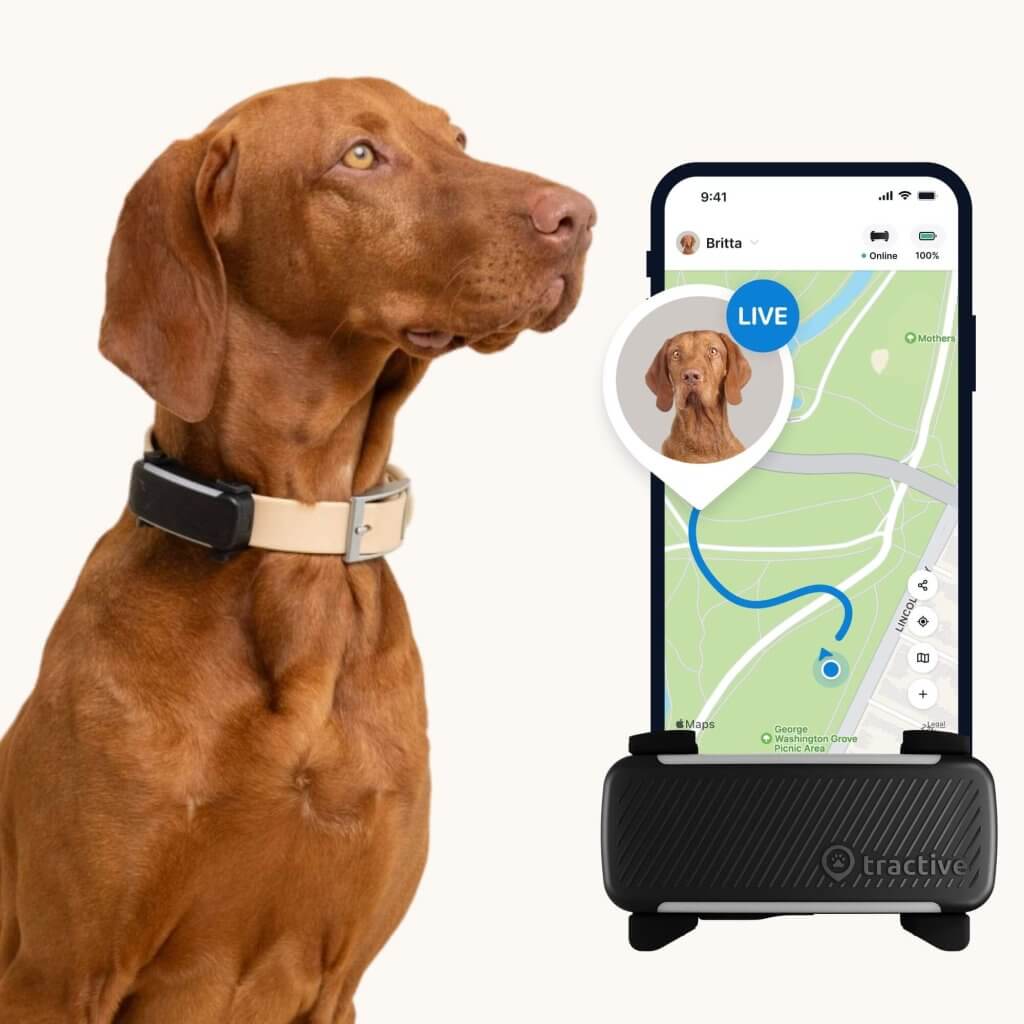
Follow your dog anywhere
Get real-time location information, wherever they go. And find out when they try to make an escape, or just when they go somewhere they shouldn’t, with Virtual Fences.
Even with these factors, your dog is still able to explore a world of scents that’s entirely hidden to us. And in many cases, this might even save people’s lives.
Where a dog’s sense of smell can save lives
Besides their natural instincts, dogs around the world undergo intensive training to put their skills to the test. Like, for example:
- Search and rescue dogs
Search and rescue (SAR) dogs are trained to locate missing people from miles away. They’re especially useful for locating survivors in disaster-stricken areas, like those that have been hit by hurricanes, floods, or earthquakes. Here’s Sheba, a Husky-Lab mix who helps her SAR team find missing people with the help of her Tractive GPS:
- Police sniffer dogs
Some dog breeds are specifically trained to sniff out illegal substances at airports, border crossings, and security checkpoints. German Shepherds excel at these tasks, even able to sniff out substances when hidden within luggage or vehicles. - Tracking dogs
Police and law enforcement agencies often train dogs to track and follow a suspect’s trail. (Often over long distances.) These dogs can pick up on scents left behind on the surfaces of objects or in the air. Tracking dogs help solve crimes and apprehend criminal suspects. - Medical detection dogs
With the help of their Jacobson’s organ, dogs are able to sniff out chemosignals from our bodies. In fact, medical detection dogs are trained to identify conditions like diabetes or even cancer based on a person’s scent. So, yes, with the right training, your dog literally can sniff out illnesses!
How a dog sniffing around can get lost
Your dog’s sense of smell actually underlies the reasons they tend to run away. Some of which include:
- Being in heat
Once male dogs sniff out a female dog in heat, they’re more likely to jump the fence to go and say hello. Oftentimes, this might not be in your neighbor’s backyard – but rather several miles away. - Having a high prey drive
Dogs with a higher prey drive are more likely to react instinctively to the scent of a woodland animal or “prey” – and begin chasing it instead. Which might also take them several hundreds of miles away from safety once they’re locked on. - Boredom
Younger, untrained dogs (like puppies) are more likely to run off to explore some fascinating new scent in their environment – either out of curiosity or boredom. Which, since their senses might not be developed yet, can make it difficult for them to sniff their way back home.
How you can keep your dog safe outdoors
- Never skip out on recall training
A strong, reliable recall command (“Come!”) can help ensure your dog consistently returns to you, even when distracted by enticing scents, other dogs, or wildlife. Make sure to practice in different environments, gradually increasing distractions. Your dog should learn to prioritize your voice above all else. (Especially if you’d like to let them go off-leash in safe areas.) - Keep them leashed when out together
Even with perfect recall, you’re still better off keeping them leashed in unfenced public areas, near busy streets, or anywhere with wildlife or livestock. - Make sure your dog is easy to identify
A comfortable, well-fitting collar with an up-to-date ID tag containing your current phone number and your dog’s name helps prevent your dog from being mistaken as a stray. Better yet, a microchip provides a permanent form of identification. Remember to register the chip and keep your contact details updated with the microchip registry. - Consider getting your dog fixed
Intact dogs, particularly males, have a stronger instinct to roam in search of mates. Spaying or neutering your dog can significantly reduce their desire to wander. Thus making them less likely to run off and get lost. - Secure your yard
Thoroughly inspect your fencing for any gaps, loose boards, or areas where your dog could dig underneath. Remember that a determined dog can squeeze through surprisingly small spaces or jump over seemingly tall fences.
Where a smart dog tracker with real-time tracking can help
A dog sniffing around can easily get carried away by an intriguing scent – and end up far away from home, even somewhere potentially dangerous. This is where a smart dog tracker with real-time GPS tracking – like Tractive – can help prevent an emergency.
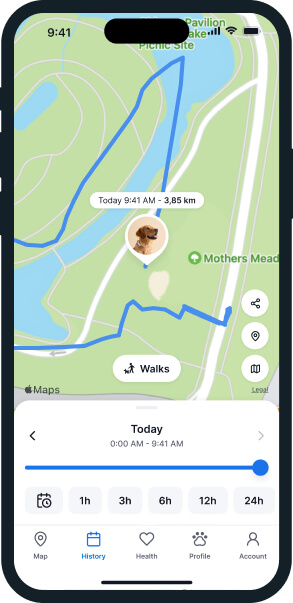
Strapped to your dog’s collar, you can now:
- Locate your dog in real-time
A strong scent can send your dog into a “scent trance.” Meaning, they’re so focused on the trail that they might ignore your calls, even with excellent recall training. With real-time GPS tracking, you can see your dog’s exact location on a map. (Even if they’ve bolted off after a deer or a fascinating new smell.) This allows you to quickly retrieve them before they get truly lost or run into danger. - Catch on earlier if your dog escapes
From your Tractive mobile app, you can set up “safe zones” around your yard, a dog park, or a hiking trail. Your tracker will send you an escape alert the moment your dog crosses these predefined boundaries.


- Never worry about losing your dog – even when out on a hike
Unlike the Apple AirTag, Tractive devices use GPS and cellular networks, providing unlimited range. This means you can track your dog whether they’ve wandered to the next block, across a large park, or even miles into the wilderness. (As long as there’s cellular coverage.) This is especially crucial for dogs with high prey drives or those prone to exploring vast areas. - Figure out where your dog likes to wander best
From their Heat Map and Location History. Here, you can review your dog’s past routes and favorite spots. Plus, figure out what spots in your fence might need patching. Also, in an emergency (like if they’re missing), you’ll also know where to look first.
While your dog’s incredible sense of smell is a marvel of nature, it can still lead them to some potentially dangerous situations. Make sure to double down on your recall training and watch out for snowy, humid days that can mess with their sense of smell.
